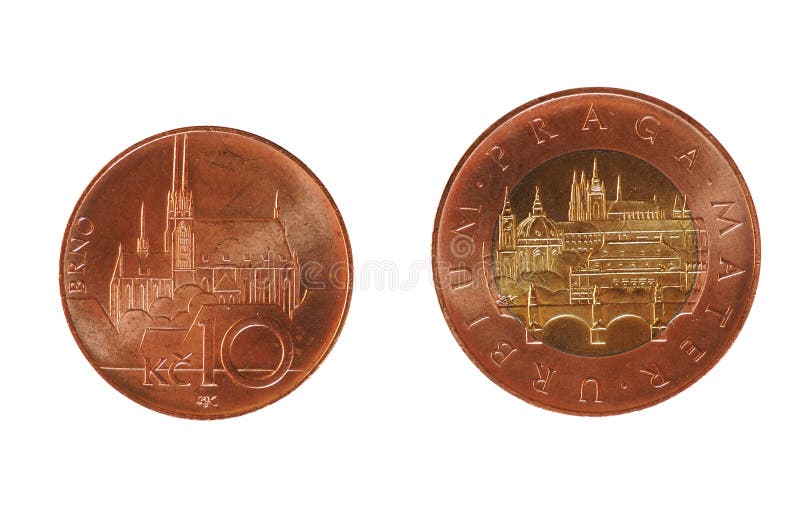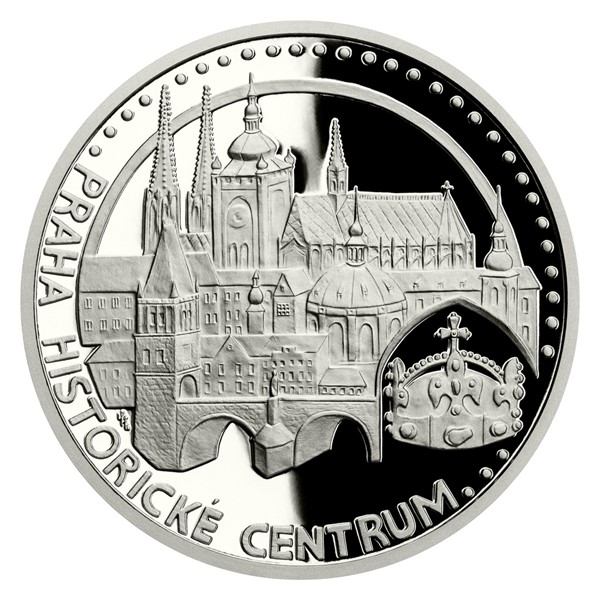This design could be drawn by hand or a digital representation created by using graphic design software. This can be a sketch drawn by hand or a digital image made using graphic design software. The choice of a medium Plaster, because of its malleability, is often used for maquettes. There are other materials, such as clay or wax.
Plaster Preparation- The plaster is mixed with water in order to form a uniform consistency that can be worked. To ensure a clean mold the mixture should be smooth and without lumps.
Base Creation- In order to sculpt the maquette the maquette, a platform or base must be built. The base is typically an unfinished wooden board or a flat, stable surface.
Sculpting Maquette Artists use the design of gold to guide him when creating a sculpture of it in plaster. It is the process of creating a shape in the plaster to make a relief, or three-dimensional representation of the coin, or medal.
Refinement and Detailing- The artist focuses on adding details and refinement of the contours and making sure that the design is accurate in dimensions and characteristics of the artwork. This phase requires a keen eye for the finer details and accuracy.
Allowing time for drying and setting After the sculpting procedure is complete, the plaster needs to be given time to dry. The maquette will set and retain its shape.
After drying, it's finished and smoothed to eliminate any imperfections, bumps or rough spots.
Preservation and sealingSealing and preservation - A protective coating may be put on the maquette's surface to preserve it and make it ready for further processes, such as scanning or molding.
The final model of the maquette is the gold coin or medal design in a 3-D form. It can be used as a reference for the subsequent steps of production, such as digital reproduction, mold making to produce mass quantities or artists to improve and visualize the concept prior to production. View the recommended Czechoslovakia gold coins plaster molds site recommendations. including gold coin shops near me, $5 gold coin, gold and coin dealers near me, silver eagle coins, coin buy silver, 1933 double eagle, gold eagle price, platinum coins, bullion bars gold, buy coin gold and more.

How Does An Janvier Machine Transfer The Gold Coin Or Medal Design To The Working Hub From The Master?
A Janvier Machine, also known as pantograph machine, or reducer, is a machine used in the coining process to transfer designs from a Master Hub to the Working Hub. Here is an overview on how this Master Hub Creation works.
The master die is the primary mould or die which contains exactly the design that appears on the coin. It's produced with precision CNC cutting.
Janvier Machine Setup
The Janvier machine has stylus that copies the design of the master hub onto the working one.
The Janvier machine is equipped with a master hub which serves as a template for the transfer of design.
The Design-
The Janvier machine features stylus which is able to follow the contours, details and design of the master wheel. When the stylus travels across the surface, it record the design's profile.
Reduce the Design
The Janvier machine can also reproduce the pattern that was traced on the working hub. The hub is usually composed of softer materials like steel or nickel, than the hub used in the master.
The cutting tool cuts, or copies the design to the hub of work with a smaller or less size compared to the hub that is master. This reduction allows for striking coins and medals in the size you want.
Precision and Accuracy
Janvier's machine is precise and ensures the perfect transfer of design information from the master to the hub. The machine can reproduce even the most minute details and contours.
Quality Control
The hub's working part is subject to inspection and quality control to make sure that it meets the specifications and precision for the striking procedure.
Further Processing-
The Janvier machine's working hub is utilized to make coins or medals. It functions as a mold, die or die for multiple coins or medals blanks with the transferred design.
The Janvier machine's purpose is essential in the minting process, enabling the reproduction and reduction of complex medal or coin designs from master hubs to working hubs with precision. These working hubs are then utilized in the mass production of medals and coins by means of the striking process. Read the top janvier processing Czechoslovakia gold coins site recommendations. including gold krugerrand, 24k gold bullion, 1936 olympics jesse owens, small gold coins, gold medals michael phelps, sd bullion gold, gold silver dealers, guardian angel coin, gold price jm bullion, 50 pesos gold coin and more.

What Are The Different Ways That Gold Coins And Medals Are Coated In Order To Safeguard Them?
Gold coins and medals may undergo coating procedures for a variety of reasons, such as protection, appearance enhancement or to create specific aesthetic effects. Here are the different types of coatings available.
Clear protective coating (Varies) Clear protective layer, like a polymer or lacquer is used to protect the medal's or coin's surface from oxidation or tarnishing. The coating helps protect the metal beneath the coin or medal and preserves the original look of the item.
Enhancement of Appearance
Gold Plating and Gilding Gold medals or coins may undergo gilding or plating processes in which a thin layer of gold is sprayed on the surface. This results in a medal or coin having a an extra luxurious, shiny finish.
Aesthetic Aspects
Patina or Antique Finishes - Chemical or special coatings are applied to produce an antique-looking finish. This method artificially ages the surface, creating an aged, oxidized appearance.
Coloration or coloring- Specific areas of a medal or coin could be colored with special coatings or enamels to draw attention to design elements, create contrast or create visual attraction.
Anti-Tarnish Coatings-
Anti-Tarnish Solutions and Coatings - To coins or medals with intricate designs or surfaces that are susceptible to tarnishing, anti-tarnish coatings or solutions can be applied. The coatings prevent the metal's surface from oxidizing or discoloring over time.
Specialized Coatings to Ensure the security or authenticity of your card.
UV-Reactive Coatings. Certain coins or medals are coated with special coatings that react to UV light and reveal hidden or encrypted elements. These are used to protect and authenticate the item.
Selective Coatings to Enhance Contrast
Removal of selective coatingsIn some instances coatings are removed selectively, from certain areas of the coin or a medal in order to create contrast between coated and polished surfaces, while highlighting particular design elements.
Each procedure serves a specific goal, whether it's to protect metals, improve appearance, produce certain aesthetic effects, or enhance security. These coatings have a significant impact on the look and durability of gold coins and medals, increasing their value. Read the top rated coating Czechoslovakia gold coins more recommendations. including purchasing silver bars, gold and silver dealers, gold piece price, 1 10 oz american gold eagle, gold american eagle price, buy coin gold, apmex gold coins, gold eagle, cost of silver coin, twenty dollar coin and more.

How Does Gold Get Through The Coin Presses And Then Stamped Under High Pressure During Minting?
When minting, gold-plated blanks need to be loaded into coin presses, and stamped with high pressure in order to become finished coins or awards. Here's an overview of the steps that are involved in loading blanks
The loading of gold-plated blanks into a feeder connected to a coin press happens after they have been prepared, examined and assessed. This feeder system ensures a continuous supply of blanks to the machine.
Feeding Blanks Into the Press
This feeder system makes sure that each blank is positioned precisely in the chamber for stamping. The feeder system ensures that each blank is placed precisely to allow for stamping.
Alignment & Positioning
The blanks are positioned and positioned in the chamber for striking of the press in order to ensure they are perfectly centered to be used for stamping.
Fighting Under Pressure
Coin presses put immense pressure on gold blanks with two dies -- one stationary and the other mobile. The stationary die contains the negative design impression, and the die that moves is known as the Hammer.
The die is moved to strike the blank with a lot of force and then transfers the design onto the blank's surface. The dies' pressure imprints the designs, creating the reliefs raised and the details of the medal or coin.
Repeated Striking -
To produce a more sharp image or more defined design, multiple strikes are often applied to better quality coins and medals, especially proof editions. Each strike enhances the finer details on the surface of the blank.
Ejection and Collection
After being struck, newly-minted medals or coins are ejected out of the press into trays or containers. They are inspected for quality control to make sure that the stamped designs meet the specifications and standards.
Post-Processing-
Minted medals or coins may undergo additional procedures like edge lettering, edge reeding or post-strike treatment based on the design specifications or the specifications of the mint.
The process of stamping under high pressure is essential because it transfers the desired design onto the gold blanks, transforming the blanks into finished medals or coins that are ready for use in collection, circulation, or commemoration. This process is extremely precise, as any changes in alignment or pressure will alter the overall quality of the coin. View the recommended minting Prague Mint gold medals blog examples. including gold morgan dollar, 24k gold bullion, $50 gold piece, gold medals michael phelps, michael phelps medal, 2000 p sacagawea dollar, cost of silver coin, gold quarter dollar, silver price jm bullion, american gold eagle and more.
